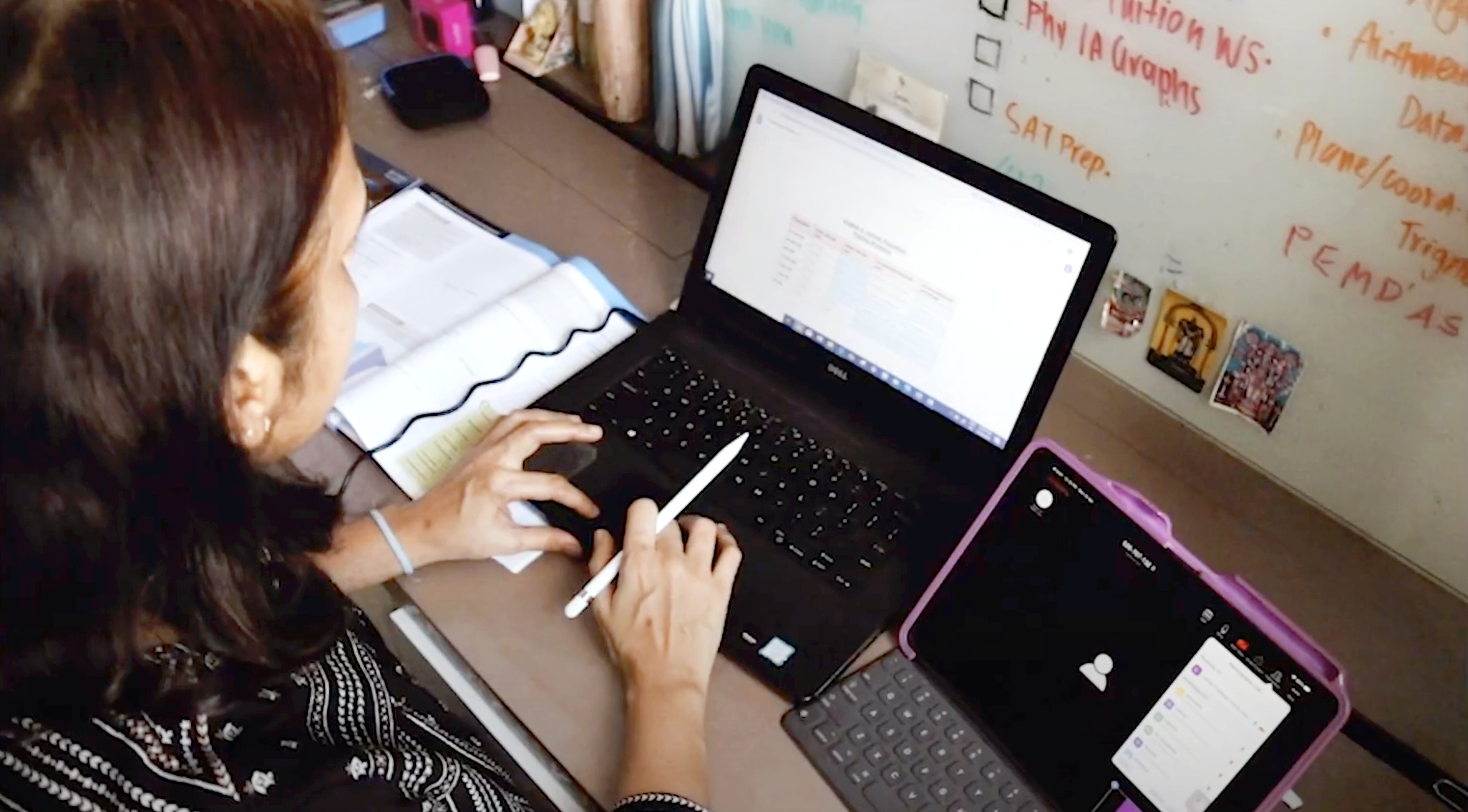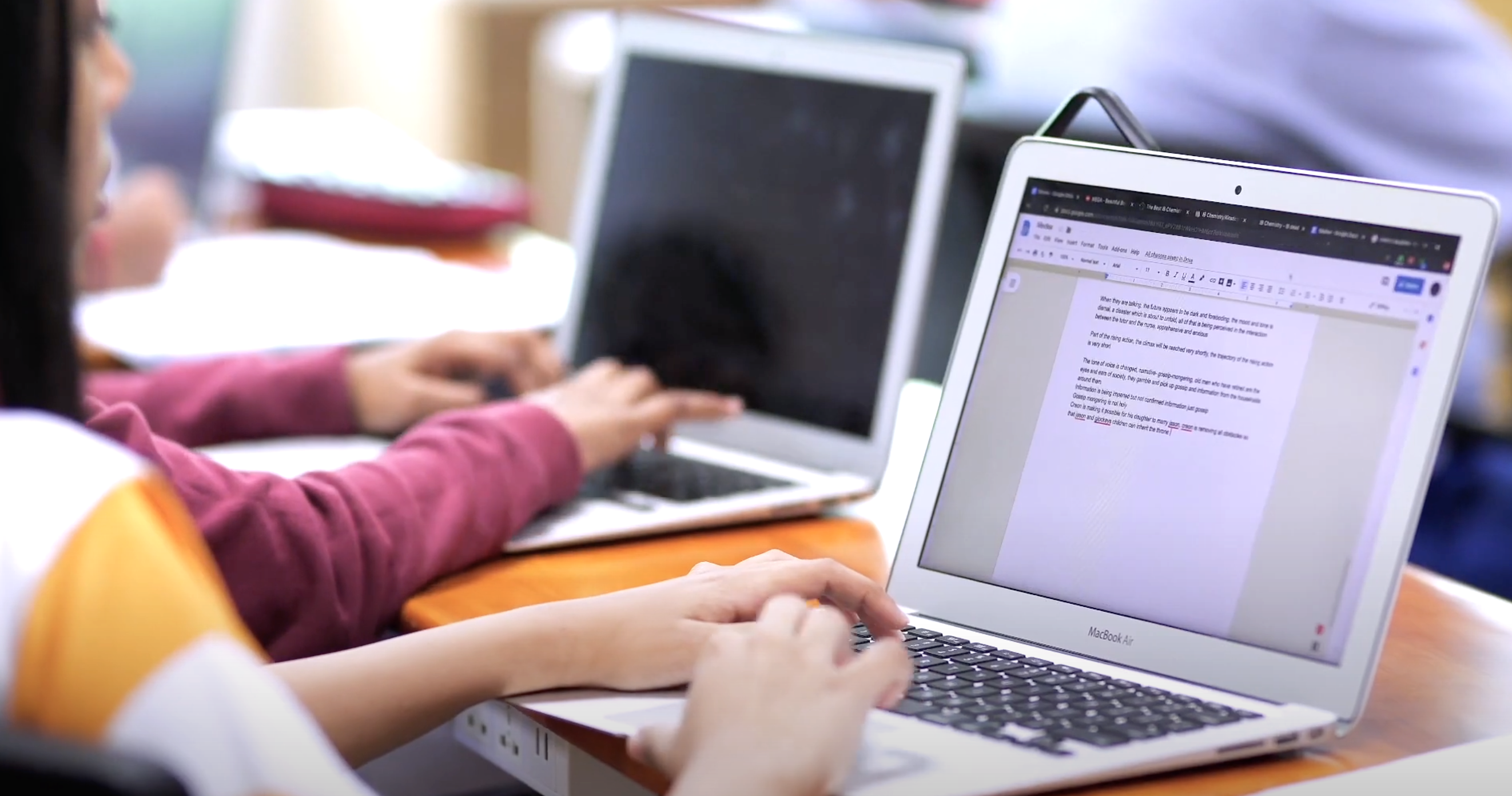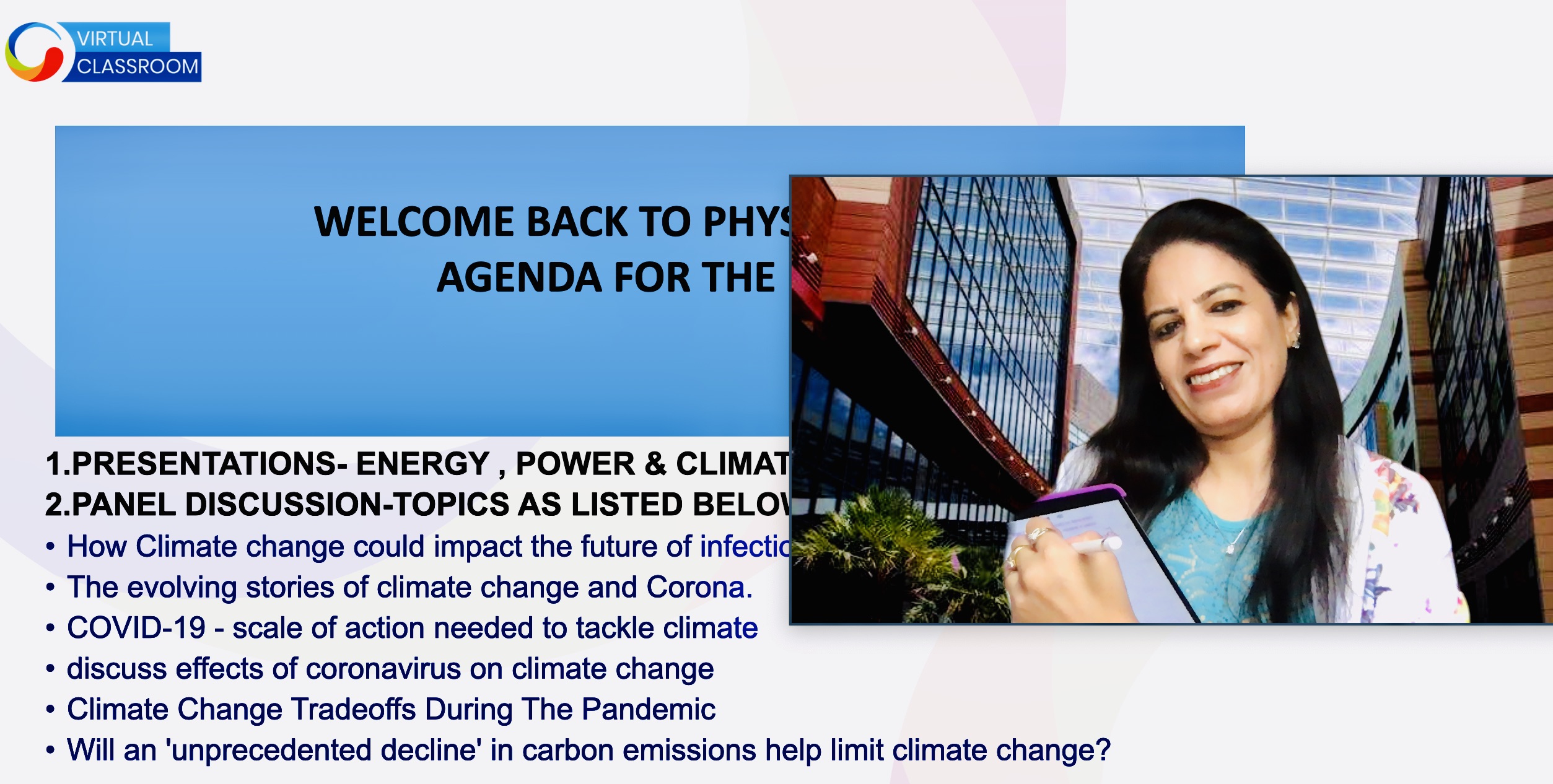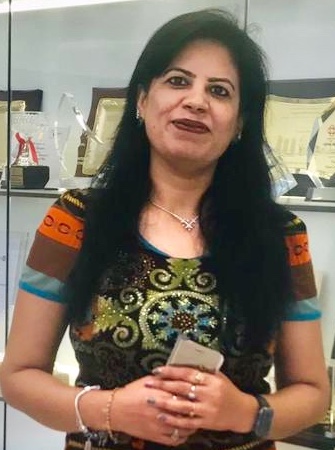In a flash, we moved from real to virtual world, from teaching in a room to teaching on the Zoom. It reminds of a famous quote by Tim Berners-Lee, the inventor of World Wide Web, “The Web as I envisaged it, we have not seen it yet. The future is still so much bigger than the past.”
As COVID Pandemic has taken the world by storm, technology is now the highest human hour time consumer. The education industry also has switched to online teaching and learning platforms, making learning limitless. Stay home, Work from Home and Learn at Home are the new realities now. Traditional methods of teaching are rapidly getting substituted and reformed and teachers have to come up with innovative pedagogies to redefine learning in a virtual space.

At GIIS, the teachers and students have been familiar with using Virtual Classrooms as part of student exchange programmes, collaboration with other campuses and sessions with subject-matter experts from across the world. The classrooms have been fully equipped to go virtual with a smart board, mic for teachers and internet connectivity. But little did we know that so soon, we will switch to hundred percent virtual learning and the entire school will become a virtual school.
The transition to a virtual school was not difficult for teachers and students at GIIS as the school community was already familiar with the associated technology and how to make the best use of it. However, there are other aspects of teaching that are getting redefined and the teachers have to be double innovative and meticulous to maximise the virtual learning experience for students.
Overnight, the traditional classrooms have been transformed to a virtual classroom via latest technologies and the traditional teacher has become a virtual teacher with a personalised Bitmoji, Google Classroom banner to welcome the students in a virtual school. The digital natives of today are responding excellently to this new model and the NexGen students are completely inclined to self-directed, self-paced and collaborative home based learning.
Amidst all this, the teaching community is clouded with the doubt that whether students are learning effectively through virtual methods? The answer to this is an affirmative YES.

These are the Millennials of Generation Z who prefer multimedia like interactive/animated videos, podcasts, apps, audio, mobile, game based learning. The bite-sized microlearning not only engages them but also amplifies the pace and degree of their learning . The best part being that virtual learning is available on smartphones, tablets, laptops, and PCs.
With open-ended topic questions, students get chance to post thoughtful answers, post their own questions and comments to which teacher can give feedback and ask other learners to provide insights as well. Small group/project work allows students to share ideas, solve problems and discuss the content together. The millennials enjoy creating short videos and posting them as bite-sized nuggets.

Zoom's non-verbal feedback tools in group chats like virtual hand raising and clapping have led to increased engagement and enthusiasm in class. Announcements in LMS is efficient and effective means to send deadlines, assignments, and recommended readings. On screen assessments is the next step towards virtual level of learning. Virtual Classroom is no doubt leading to high retention, higher learner performance levels and a better experience.
I am sure that through reality technologies, we would be able to cater to the needs of all types of learners and produce highest level of immersive and differentiated learning.
Learning experience platform integrated with Artificial intelligence (AI) Augmented, virtual, and mixed reality (AR, VR, MR) seem to be the next upcoming things in the domain of education, that will deliver self –directed explorative, engaging and effective learning experiences.
While moving to online teaching may seem overwhelming sometimes, but digital pedagogical techniques and tools are the only way to ensure continuous education in the coming times.
Related Articles:





